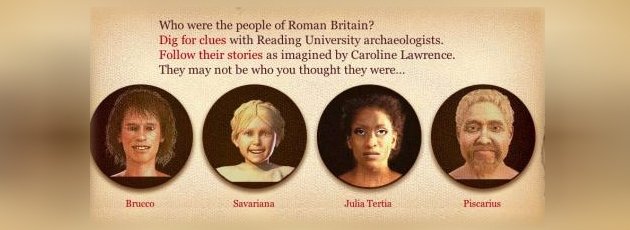- Home
- News & Blogs
- About Us
- What We Do
- Our Communities
- Info Centre
- Press
- Contact
- Archive 2019
- 2015 Elections: 11 new BME MP’s make history
- 70th Anniversary of the Partition of India
- Black Church Manifesto Questionnaire
- Brett Bailey: Exhibit B
- Briefing Paper: Ethnic Minorities in Politics and Public Life
- Civil Rights Leader Ratna Lachman dies
- ELLE Magazine: Young, Gifted, and Black
- External Jobs
- FeaturedVideo
- FeaturedVideo
- FeaturedVideo
- Gary Younge Book Sale
- George Osborne's budget increases racial disadvantage
- Goldsmiths Students' Union External Trustee
- International Commissioners condemn the appalling murder of Tyre Nichols
- Iqbal Wahhab OBE empowers Togo prisoners
- Job Vacancy: Head of Campaigns and Communications
- Media and Public Relations Officer for Jean Lambert MEP (full-time)
- Number 10 statement - race disparity unit
- Pathway to Success 2022
- Please donate £10 or more
- Rashan Charles had no Illegal Drugs
- Serena Williams: Black women should demand equal pay
- Thank you for your donation
- The Colour of Power 2021
- The Power of Poetry
- The UK election voter registration countdown begins now
- Volunteering roles at Community Alliance Lewisham (CAL)
The Black face of Roman Britain
A new interactive children's website was launched on Thursday, which shows the diversity of Roman Britain. The 'Romans Revealed' project was founded by the Runnymede Trust and archaeologists from the University of Reading. The aim of the project is to change the way history is taught in schools. Runnymede Trust is a racial equality think-tank which seeks to create a curriculum for all, by redressing the gaps in the way British history is taught. There is no singular 'island story' and Ancient Britain much like modern Britain has always been an ethnically, racially, religiously and cultural diverse space.
The University of Reading and the Runnymede Trust launched the project at the Museum of London. Archaeological evidence has revealed what an ethnically and racially diverse place Roman Britain was.
Meet Julia Tertia - Juila Tertia, otherwise known as the 'Ivory Bangle Lady', was discovered by archaeologists in York. Julia was a 4th century North African Christian woman who grew up in Rome and married a soldier who was stationed in Britain. She was buried with jet and elephant ivory bracelets, earrings, pendants, beads, a blue glass jug and a glass mirror. All of which indicate she was a high status woman and is believed to be from a prominent Alexandrian scholarly family.
The Interactive website allows children to learn the stories of migrant communities in Roman Britain. The current project follows another University of Reading project, entitled "A Long way Home: Diaspora communities in Roman Britain", which involved examining 150 skeletons to find out about patterns of migration.
Dr Hella Eckardt who is a senior lecturer in Roman Archaeology at the University of Reading said:
Our analysis of excavated skeletal remains of people living in Roman Britain such as the 'Ivory Bangle Lady' and others like her show that multicultural Britain is not just a phenomenon of more modern times."
As part of the research, archaeologists analysed the facial features of skeletons, skull measurements, the chemical signature of food and drink and burial goods- which told them about the conditions and quality of life of African migrants.
Dr Debbie Weeks-Bernard who heads the 'Roman Revealed' project said:
The University of Reading research results showed that people came to Britain from many different parts of the Roman Empire, including North Africa. In some of the larger towns like York and Winchester, up to 20 per cent of the Roman Britain population may be classed as 'non-local' or 'incomers'. "
These findings are verified by the UK Government's National Archives which holds records which show that earliest known settlements of African descent people can be traced back 2,000 years. The Roman army would send African Soldiers to 'unruly' and dangerous provinces' in Britain.
It remains to be seen whether or not this can change the curriculum, but is certainly a useful tool to show just how diverse Ancient Britain was. It will create publicity and raise awareness-which will hopefully help the next generation challenge the way history is told.
Usman Butt
